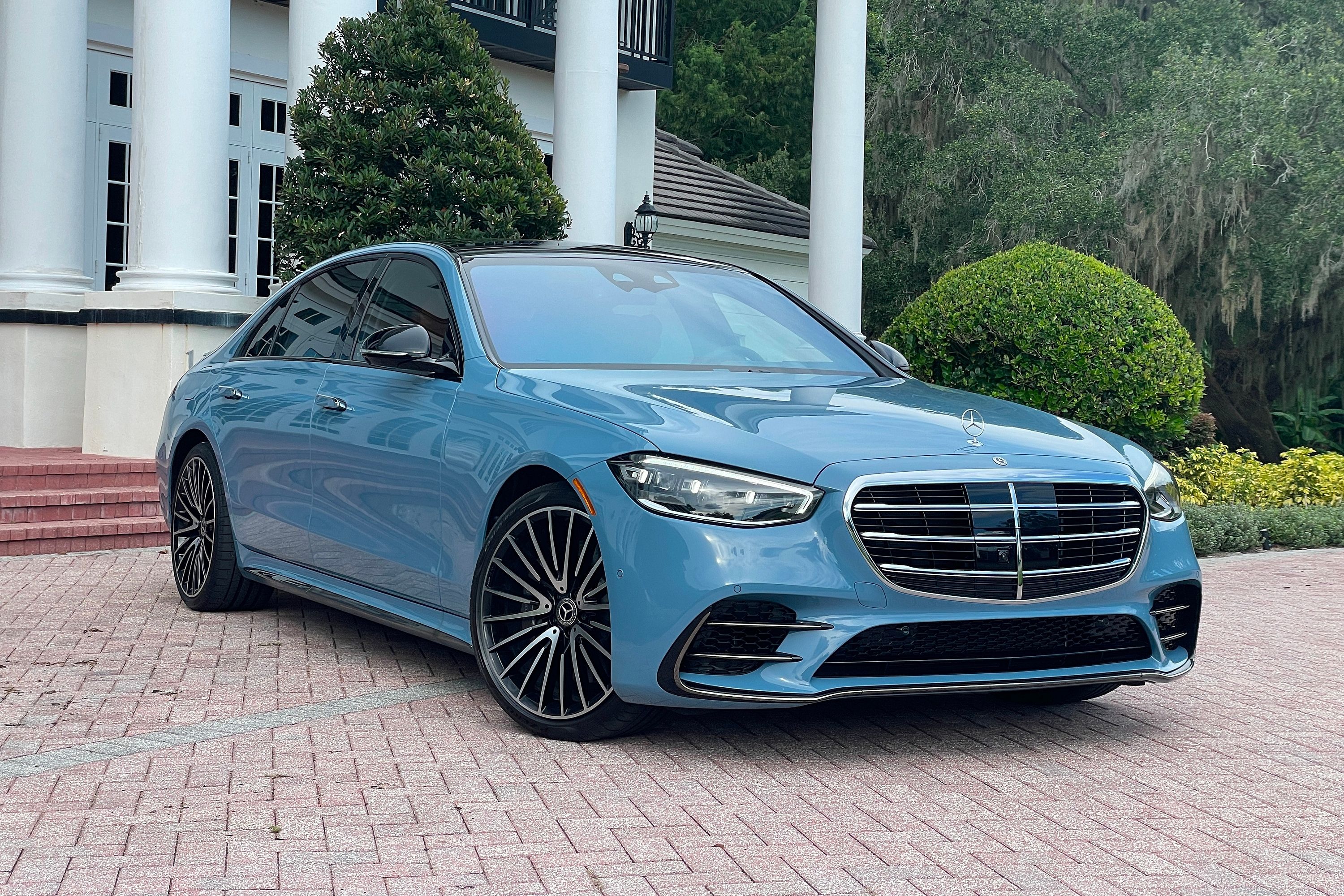
North Korean leader Kim Jong-un's taste for expensive European luxury cars is no secret. What always has been a secret, though, is how he gets his hands on those cars, which in the past have included armored Mercedes Maybach Pullman Guards and Rolls Royces. Due to his unfortunate penchant for raising nuclear tensions whenever he finds himself rather irritated, North Korea, and the Kim family in particular, has found itself on many embargo lists, subject to countless travel bans, and generally cut off from the fixings that make modern society a comfortable place to live. Still, Kim has been able to get around all of that.
But now the secret to Kim's luxury car procurement procedures has been revealed by an article from The New York Times. The article covers a joint investigation conducted by The Times and C4DS (non-profit research group), during which they looked at shipping data, corporate records, satellite imagery, and even conducted interviews to figure out how Kim gets his luxury goods past these import bans.
The report essentially found that Kim uses a small network of individuals and dubious shell companies that can move embargoed goods to North Korea and get them to the young dictator. "When it comes to sanctions evasions, North Korea relies on a sophisticated but small group of trusted individuals that move any goods required by the state, whether it's luxury goods or components for missiles, or whether it's arranging for trade of resources," said Neil Watts, a maritime expert and former member of the United Nations panel on North Korea sanctions enforcement.
So in order to get a good idea of how North Korea gets ahold of its luxury goods The Times traced the path of one of Kim's more flashy assets, his pair of $1.56 million (each) Mercedes Maybach Pullman Guards. It was found that these vehicles were loaded on a shipping container in Rotterdam, Netherlands and shipped to Dalian, China, then to Osaka, Japan before making it to Busan, South Korea, then to Nakhodka, Russia, and finally to Pyongyang, North Korea, months after first being shipped.
That confusing path highlights how complex Kim's smuggling network is, but also underscores the difficulties in getting those high-priced goods to Pyongyang. After making the initial part of the trip, the Mercedes' dance between the ports of various countries took place on board a ghost ship that at one point turned off its transponder for over 18 days. The final trip, from Nakhodka to Pyongyang, was made aboard a North Korean cargo plane that was allowed to land in Russia.
While keeping Kim from enjoying luxury goods might seem like less of a priority than stripping him of his nuclear weapons, it's important to figure out how he gets ahold of luxury goods because those same shipping routes can be used to import materials he needs to make those very weapons.
Moreover, sanctions are one of the only tactics that western governments have to deal with the Kim regime. With a means to get goods in and out of North Korea, the dictator can also ship goods out of his country and sell them to boost his own riches or turn a profit, further undermining the sanctions. Besides, if Kim can still live the life of a one-percenter when he's under a luxury goods embargo, it reduces the leverage the US has on him.
